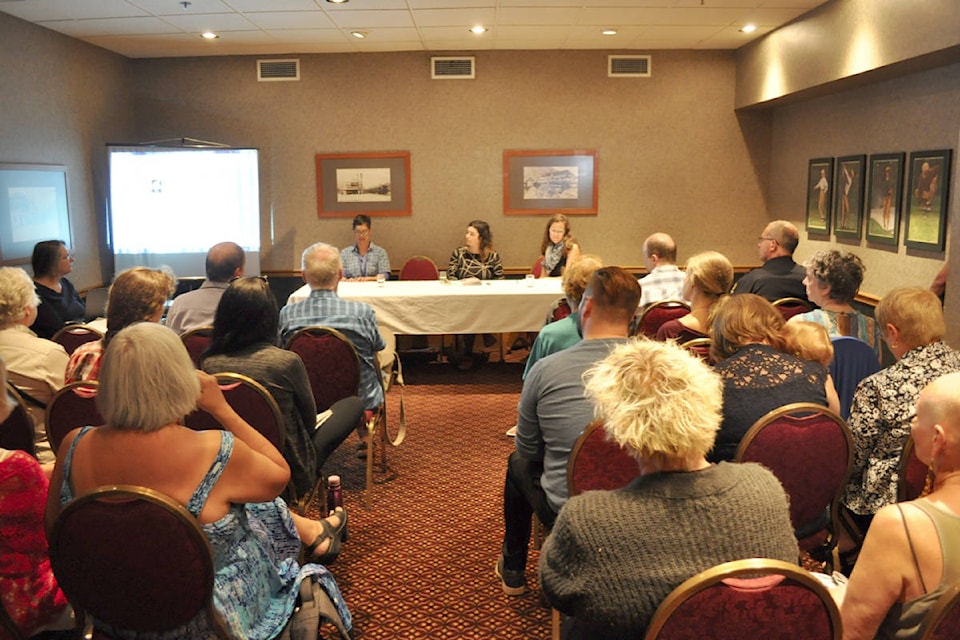Social service programs are struggling to meet demand as homelessness continues to rise in Nelson.
That’s the unsettling conclusion reached in the ninth annual Report Card on Homelessness, which was released Tuesday by the Nelson Committee on Homelessness (NCOH) and can be read here.
The report shows a 28 per cent increase in bed stays at Stepping Stones Shelter from 2015 to 2016. Fifty-nine per cent of people in need of shelter were also residents of Nelson and the Kootenays, which was an increase of 17 per cent from the previous year.
A total of 417 people were given drop-in assistance, while the shelter also turned away 97 people because of capacity restrictions.
Ann Harvey, the community co-ordinator for NCOH, said the situation in Nelson reflects what other communities throughout the province are dealing with.
“We’re talking about housing prices that have increased 30, 40 per cent for rentals,” said Harvey. “So when someone is still receiving $375 a month for rent and utilities, it’s impossible to find a place.
“So what Stepping Stones is seeing now is kind of a circuit that’s happening. People can no longer afford housing here or other places. So they are staying their 30-day limit at the shelter, going to another shelter or town, and then coming back after 30 days.”
Other statistics from the report include:
• Vacancy rates, which have remained below one per cent since 2013, were .07 per cent last year.
• Advertised rental rates rose 43 per cent for three-bedroom units. Single room occupancy rentals went up 39 per cent, studios by 25 per cent and two-bedroom units by 23 per cent. One bedrooms increased just 3.7 per cent.
“There’s less choice for people who are needing to rent in town …,” said Harvey. “If one loses one’s housing, whether that’s through reno-viction or for another reason, or if they are new to town looking for, say a modest or low-income job, you’re going to have a real challenge trying to find a place to rent here.”
• Meals served by Our Daily Bread and the Salvation Army increased by 13.9 per cent. Food bank visits meanwhile rose 3.4 per cent. The Salvation Army also provided 2,649 households with food and school lunch hampers.
• The Street Outreach Team connected with 179 people on the streets from October 2016 to March 31. The three-person team provided 2,201 services through 1,450 interactions during that period.
• The outreach team also reported 72 per cent of people they interacted with had lived in Nelson for five years or longer and just 35 per cent were adequately housed. Fifty-six per cent meanwhile had mental health and/or substance use challenges.
• There were nine overdose deaths reported in the Kootenay-Boundary area in 2016, which represents a major jump from the average of 2.75 deaths between 2007 to 2014.
• Thirty-three people applied for assistance with the Housing Prevention Program, which helps keep people housed or find housing. Forty-eight people obtained housing or were rehoused, while 45 remained housed after six months.
Harvey, who has contributed to the report since 2014, called the latest statistics disheartening.
“I think sometimes Nelson is a victim of its own successes in terms of being a destination community,” she said. “It’s just the reality here. Nelson has to decide whether it is going to serve all of the community or just some of the community.”
